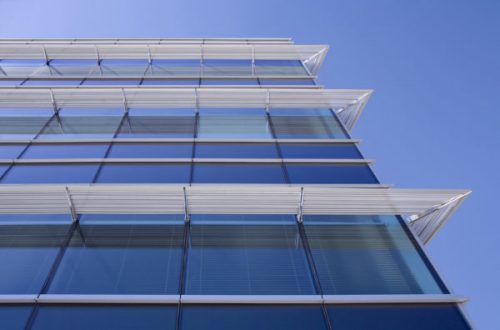 The energy performance gap refers to the failure of energy improvements, often undertaken at great expense, to deliver some (or occasionally all) of the promised savings. A study last year of refurbished apartment buildings in Germany, for instance, found that they missed the predicted energy savings by anywhere from 5 to 28 percent. In Britain, an evaluation of 50 “leading-edge modern buildings,” from supermarkets to health care centers, reported that they “were routinely using up to 3.5 times more energy than their design had allowed for” — and producing on average 3.8 times the predicted carbon emissions.
The energy performance gap refers to the failure of energy improvements, often undertaken at great expense, to deliver some (or occasionally all) of the promised savings. A study last year of refurbished apartment buildings in Germany, for instance, found that they missed the predicted energy savings by anywhere from 5 to 28 percent. In Britain, an evaluation of 50 “leading-edge modern buildings,” from supermarkets to health care centers, reported that they “were routinely using up to 3.5 times more energy than their design had allowed for” — and producing on average 3.8 times the predicted carbon emissions.
Researchers have generally blamed the performance gap on careless work by builders, overly complicated energy-saving technology, or the bad behaviors of the eventual occupants of a building. But a new study puts much of the blame on inept energy modeling. The title of the study asks the provocative question “Are Modelers Literate?” Even more provocatively, a press release from the University of Bath likens the misleading claims about building energy performance to the Volkswagen emissions scandal, in which actual emissions from diesel engine cars were up to 40 times higher than “the performance promised by the car manufacturer.”
Read more: Why Don’t Green Buildings Live Up to Hype on Energy Efficiency?





